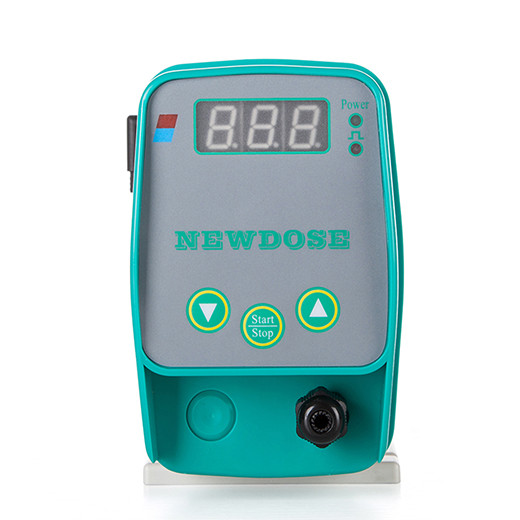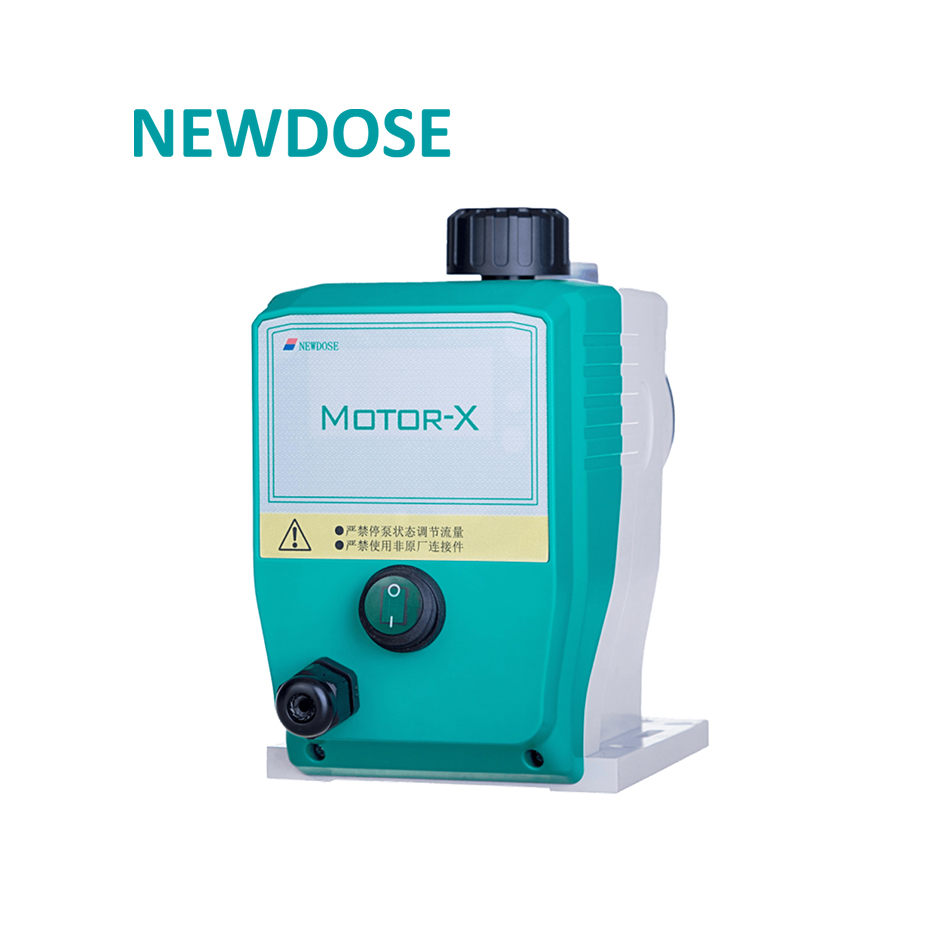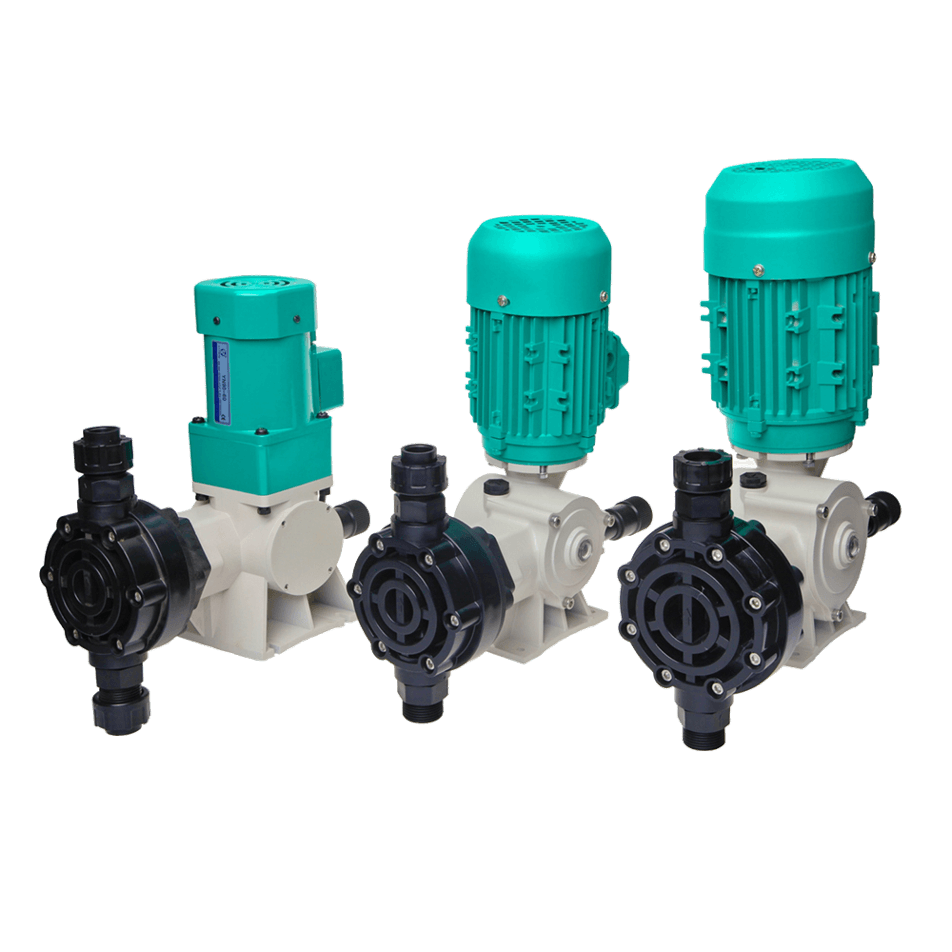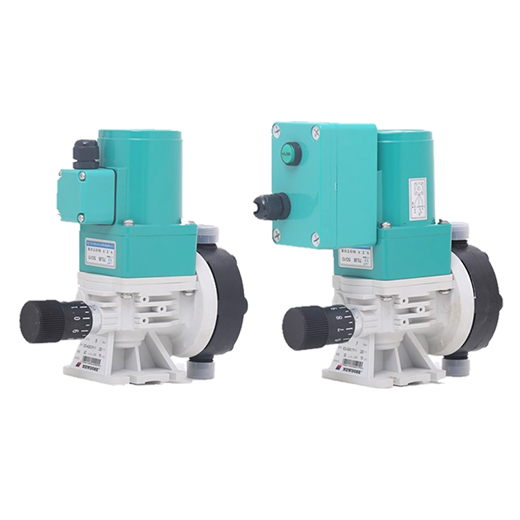The diaphragm metering pump is composed of the main components of the driving device, the diaphragm, the inlet valve, and the outlet valve. Each part needs to be maintained during use. Diaphragm metering pumps are prone to the following failures during use.
Ⅰ. The driving device of the diaphragm metering pump is damaged
Generally, there are two damages: motor damage and gearbox damage. The cause of motor damage maybe lack of phase, insufficient or high voltage, or damage to the gearbox that affects the normal rotation of the motor, and can only be replaced or repaired. The damage to the gearbox may be caused by the failure to change the oil regularly (the main reason) or the reversal of the motor for a long time. Some diaphragm pumps suppliers will mark the replacement time on the instructions.
Ⅱ. the diaphragm of the diaphragm metering pump is damaged
1. The operation sequence of starting the pump is incorrect. Start the pump first, then open the pipeline valve, causing the diaphragm seal to be damaged.
(1) Replace the diaphragm;
(2) Correct the sequence of starting the pump. Open the inlet pipeline valve first, and then open the outlet pipeline valve;
(3) Confirm that the valves in the inlet pipeline and outlet pipeline are not faulty;
2. The filter in the inlet pipeline is seriously blocked, causing the diaphragm to rupture at the inlet.
(1) Check the filter in the inlet pipeline and perform necessary cleaning;
(2) Start the diaphragm metering pump.
Ⅲ. The inlet and outlet valves of the diaphragm metering pump are damaged
Since the inlet and outlet valves of the mechanical diaphragm metering pump are vulnerable parts, the reasons for damage include aging, wear, high temperature, high pressure, blockage (common causes), etc. Repair method: if it is blocked, first disassemble it and clean it, then assemble it back and use it. The seal is affected by aging and wear and needs to be replaced.
Ⅳ. the common faults related to the diaphragm metering pump and the process medium
1. The medium viscosity is too large and the fluidity is poor, resulting in insufficient pump suction
(1) Choose the applicable valve similar or pump type;
(2) Dilute the medium, reduce the viscosity, increase the flow rate, and ensure the concentration of the dosing;
(3) Increase the temperature of the medium and reduce the viscosity;
(4) Enlarge the diameter of the inlet pipeline to reduce resistance and ensure that the pump can fully inhale.
2. The medium is close to the vaporization point, which leads to the gas-liquid mixing of the medium
(1) Increase the inlet pressure to ensure that the medium is completely liquid;
(2) Reduce the temperature of the medium and keep the medium in a liquid state;
3. The medium contains particles, which will wear the one-way valve seat and cause internal leakage
(1) Replace the valve seat;
(2) When the corrosion resistance is satisfied, change the material of the valve seat to improve the wear resistance of the valve seat;
(3) Increase the number of filters and increase the filtering effect;
(4) Use special check valve structure and material;
4. The passivation layer on the surface of the one-way valve is destroyed, resulting in continuous damage to the valve ball and valve seat.
According to the specific medium characteristics, use targeted corrosion-resistant materials to replace the inlet and outlet check valves.
 English
English  Español
Español  한국어
한국어  français
français  Deutsch
Deutsch  русский
русский  português
português  العربية
العربية  tiếng việt
tiếng việt  Türkçe
Türkçe  ไทย
ไทย 






